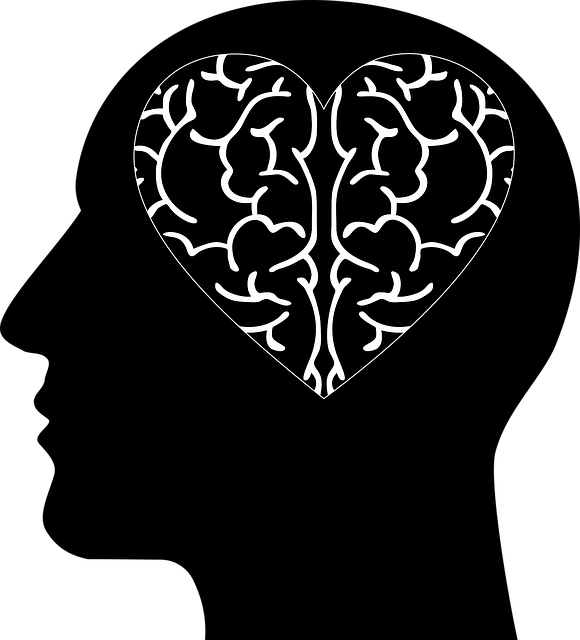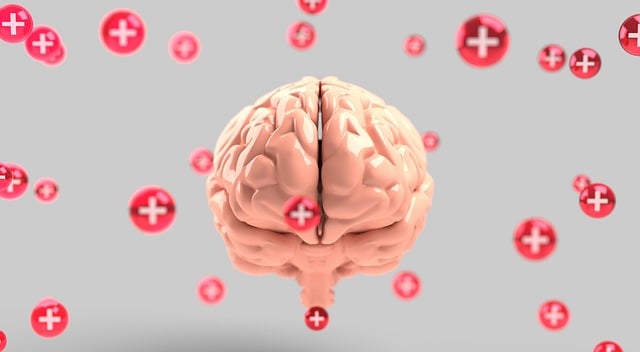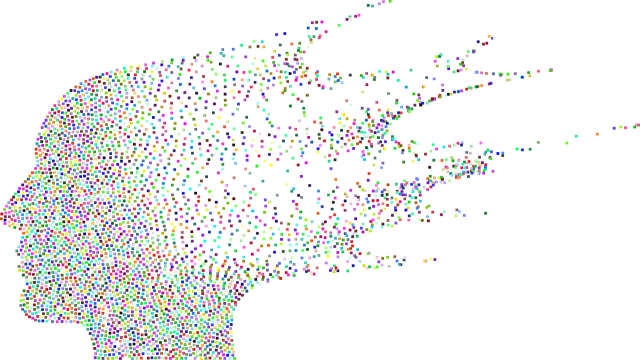Evaluating therapy for children with ADD-ADHD requires a multifaceted approach combining qualitative and quantitative methods. By using standardized metrics, rating scales, interviews, and surveys, mental health practitioners gain a holistic view of each child's progress over time. This comprehensive evaluation ensures that therapy not only alleviates symptoms but also fosters positive thinking, reduces burnout risks, and contributes to stigma reduction efforts in therapy for children ADD-ADHD. Moreover, it extends beyond short-term outcomes by assessing long-term impacts on behavior, academic performance, and social interactions, rooted in Mind Over Matter principles.
Mental wellness programs designed for children with Attention Deficit Hyperactivity Disorder (ADD-ADHD) require rigorous evaluation to ensure effectiveness. This article explores a comprehensive approach to evaluating these programs, balancing qualitative and quantitative methods. We delve into strategies such as parent and teacher feedback, behavioral observations, and standardized assessments to gauge progress. Additionally, we emphasize the significance of long-term impact assessment in child therapy, providing insights into sustained benefits and informing future program improvements for children with ADD-ADHD.
- Assessing the Efficacy of Mental Wellness Programs for Children with ADD-ADHD
- Qualitative and Quantitative Evaluation Techniques: A Comprehensive Approach
- Measuring Success: Long-Term Impact Assessment in Child Therapy
Assessing the Efficacy of Mental Wellness Programs for Children with ADD-ADHD

Evaluating the effectiveness of mental wellness programs for children with Attention Deficit Disorder (ADD) or Attention-Deficit/Hyperactivity Disorder (ADHD) is essential to understanding the impact and optimizing therapy for these young individuals. One key method involves assessing improvements in core symptoms, such as inattention, impulsivity, and hyperactivity, using standardized metrics and rating scales tailored for pediatric populations. These tools allow professionals to quantitatively measure changes over time, providing valuable insights into the program’s success.
Additionally, qualitative assessments, like interviews or surveys with parents and educators, can reveal shifts in children’s behavioral regulations, social interactions, and academic performances. By combining quantitative and qualitative data, mental health practitioners gain a comprehensive view of each child’s progress. This approach ensures that therapy for children with ADD-ADHD not only addresses symptoms but also fosters positive thinking, reduces burnout prevention risks, and contributes to mental illness stigma reduction efforts.
Qualitative and Quantitative Evaluation Techniques: A Comprehensive Approach

A comprehensive mental wellness program evaluation should incorporate both qualitative and quantitative techniques to gain a holistic understanding of its impact. Qualitative methods, such as interviews, focus groups, and observations, provide rich insights into participants’ experiences, perceptions, and behaviors. This approach is particularly valuable when assessing complex constructs like emotional intelligence or resilience building in therapy for children with ADD-ADHD, allowing evaluators to capture nuances and personal narratives that numbers alone might miss.
Quantitative methods, on the other hand, offer measurable data through surveys, scores from standardized assessments, and statistical analyses. These techniques help identify trends, patterns, and correlations within the data, providing objective evidence of program effectiveness. Integrating both qualitative and quantitative evaluation methods in a Community Outreach Program Implementation allows for a more complete picture, ensuring that the program’s success is not only numerically defined but also understood in terms of its real-world impact on participants’ emotional well-being and daily lives.
Measuring Success: Long-Term Impact Assessment in Child Therapy

Measuring the success of therapy for children with ADD-ADHD involves assessing long-term impact rather than just short-term outcomes. This comprehensive approach, grounded in Mind Over Matter principles, allows for a deeper understanding of the child’s progress and resilience. By evaluating changes in behavior, academic performance, and social interactions over an extended period, therapists can determine whether trauma support services and crisis intervention guidance have fostered sustainable improvements.
This long-term impact assessment is crucial because it helps identify not just immediate changes but also the effectiveness of the therapy in navigating life’s challenges. It ensures that children with ADD-ADHD receive the necessary tools to manage their conditions effectively, promoting overall mental wellness as they grow and develop.
Evaluating mental wellness programs, particularly those designed for children with ADD-ADHD, is essential to ensure their effectiveness and long-term success. By combining qualitative and quantitative methods, therapists can gain a holistic understanding of a program’s impact. Assessing both immediate outcomes and tracking progress over time allows for informed adjustments, ultimately enhancing the quality of therapy for children with ADD-ADHD. This comprehensive approach ensures that interventions are not only beneficial in the short term but also foster sustainable positive changes.










